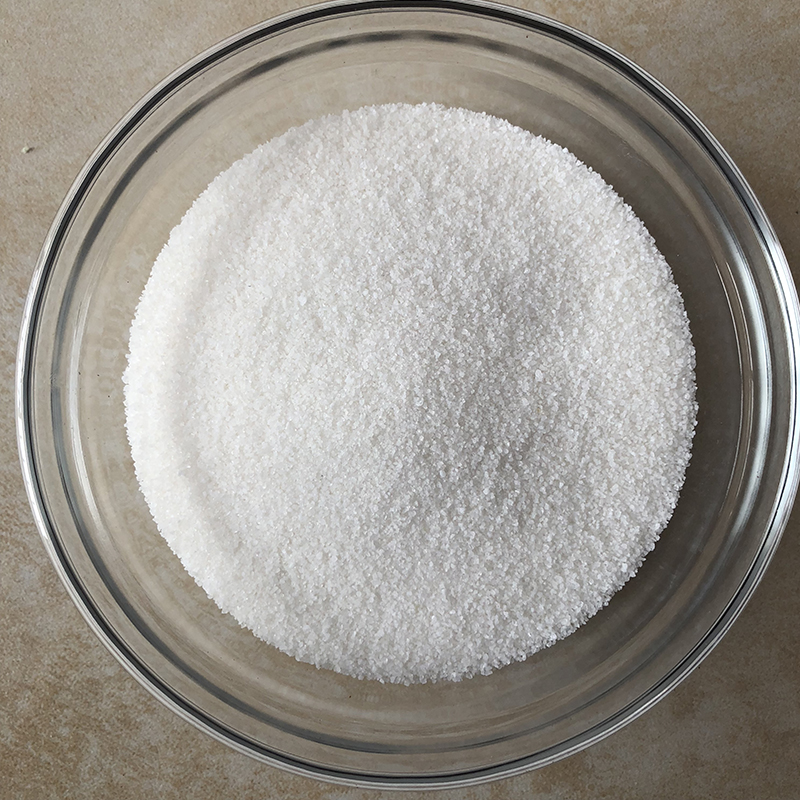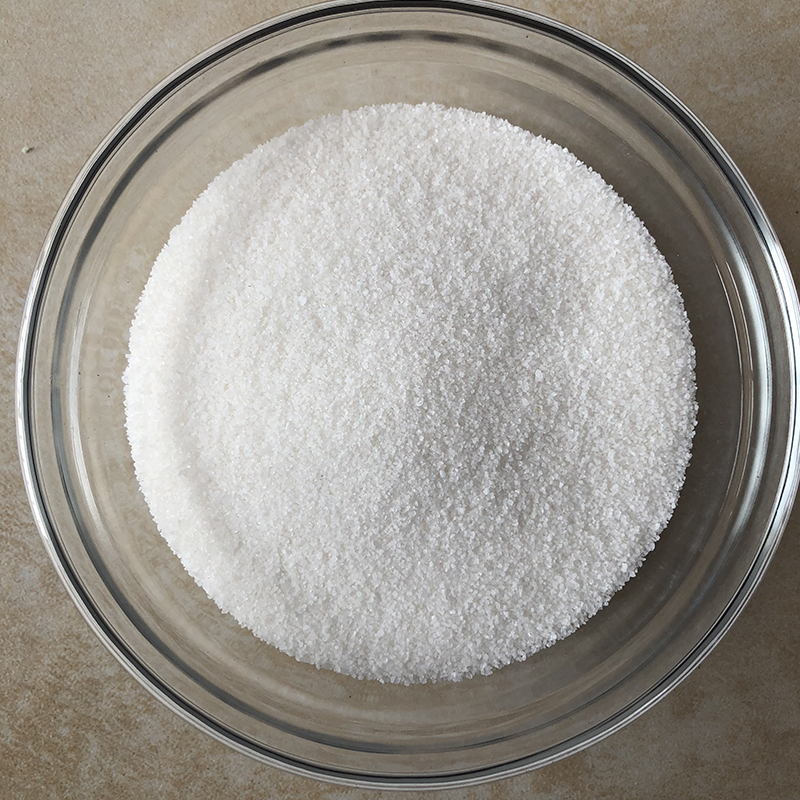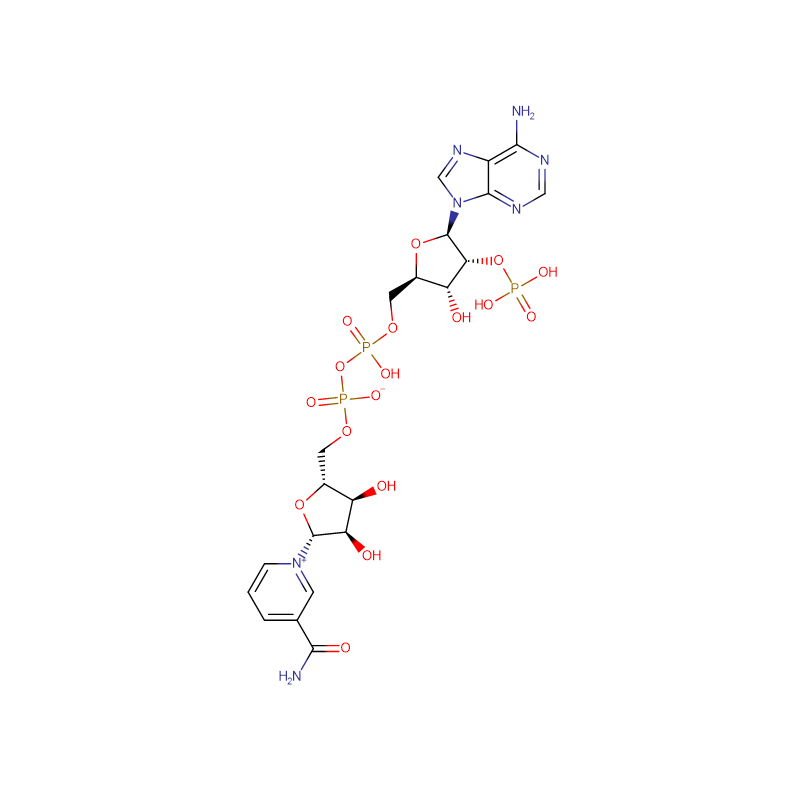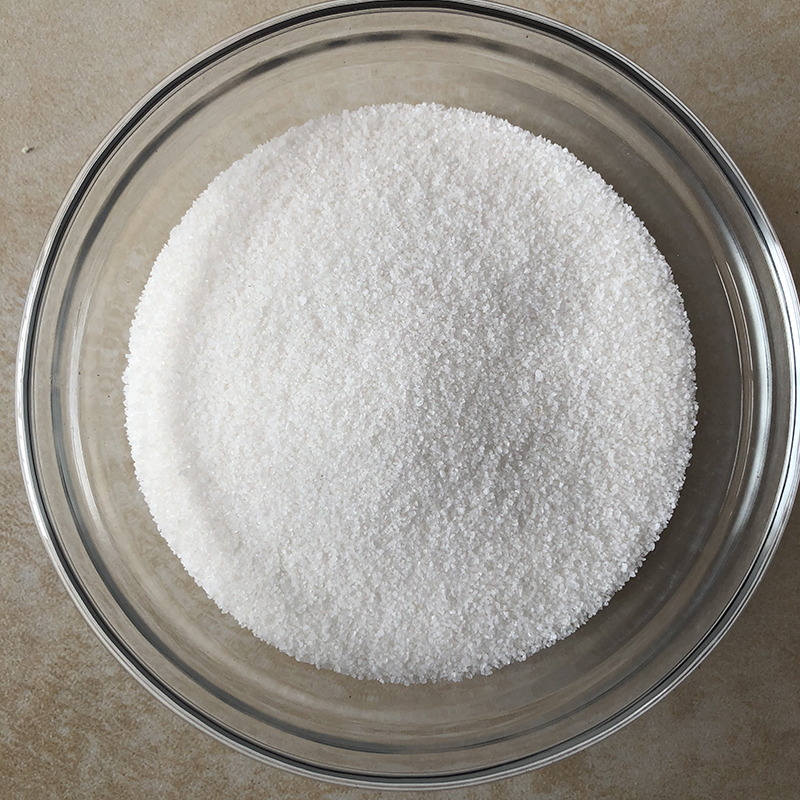Xanthine oxidase CAS:9002-17-9
| Catalog Number | XD90392 |
| Product Name | Xanthine oxidase |
| CAS | 9002-17-9 |
| Molecular Formula | C18H29N5O10S2 |
| Molecular Weight | 539.58 |
| Storage Details | 2 to 8 °C |
| Harmonized Tariff Code | 35079090 |
Product Specification
| Appearance | White powder |
Sigma receptor 1 (σR1) is a non-opioid transmembrane protein that may act as a molecular chaperone at the endoplasmic reticulum-mitochondrial membrane. Ligands for σR1, such as (+)-pentazocine [(+)-PTZ], confer marked retinal neuroprotection in vivo and in vitro. Recently we analyzed the retinal phenotype of mice lacking σR1 (σR1 KO) and observed normal retinal morphology and function in young mice (5-30 weeks) but diminished negative scotopic threshold responses (nSTRs), retinal ganglion cell (RGC) loss, and disruption of optic nerve axons consistent with inner retinal dysfunction by 1 year. These data led us to test the hypothesis that σR1 may be critical in forestalling chronic retinal stress; diabetes was used as the model of chronic stress.To determine whether σR1 is required for (+)-PTZ neuroprotective effects, primary RGCs isolated from wild-type (WT) and σR1 KO mice were exposed to xanthine-xanthine oxidase (10 µM:2 mU/ml) to induce oxidative stress in the presence or absence o f (+)-PTZ. Cell death was evaluated by terminal deoxynucleotidyl transferase dUTP nick end labeling (TUNEL) analysis. To assess effects of chronic stress on RGC function, diabetes was induced in 3-week C57BL/6 (WT) and σR1 KO mice, using streptozotocin to yield four groups: WT nondiabetic (WT non-DB), WT diabetic (WT-DB), σR1 KO non-DB, and σR1 KO-DB. After 12 weeks of diabetes, when mice were 15-weeks old, intraocular pressure (IOP) was recorded, electrophysiologic testing was performed (including detection of nSTRs), and the number of RGCs was counted in retinal histological sections.In vitro studies showed that (+)-PTZ could not prevent oxidative stress-induced death of RGCs harvested from σR1 KO mice but afforded robust protection against death of RGCs harvested from WT mice. In the studies of chronic stress induced by diabetes, the IOP measured in the four mouse groups was within the normal range; however, there was a significant increase in the IOP of σR1 KO-DB mice (16 ± 0.5 mmH g) compared to the other groups tested (σR1 KO non-DB, WT non-DB, WT-DB: ~12 ± 0.6 mmHg). Regarding electrophysiologic testing, the nSTRs of σR1 KO non-DB mice were similar to WT non-DB mice at 15 weeks; however, they were significantly lower in σR1 KO-DB mice (5 ± 1 µV) compared to the other groups, including, notably, σR1 KO-nonDB (12±2 µV). As expected, the number of RGCs in σR1 KO non-DB mice was similar to WT non-DB mice at 15 weeks, but under chronic stress of diabetes there were fewer RGCs in retinas of σR1 KO-DB mice.This is the first report showing unequivocally that the neuroprotective effects of (+)-PTZ require σR1. σR1 KO mice show normal retinal structure and function at young ages; however, when subjected to the chronic stress of diabetes, there is an acceleration of retinal functional deficits in σR1 KO mice such that ganglion cell dysfunction is observed at a much earlier age than nondiabetic σR1 KO mice. The data support the hypothesis that σR1 plays a key role in modu lating retinal stress and may be an important target for retinal disease.








